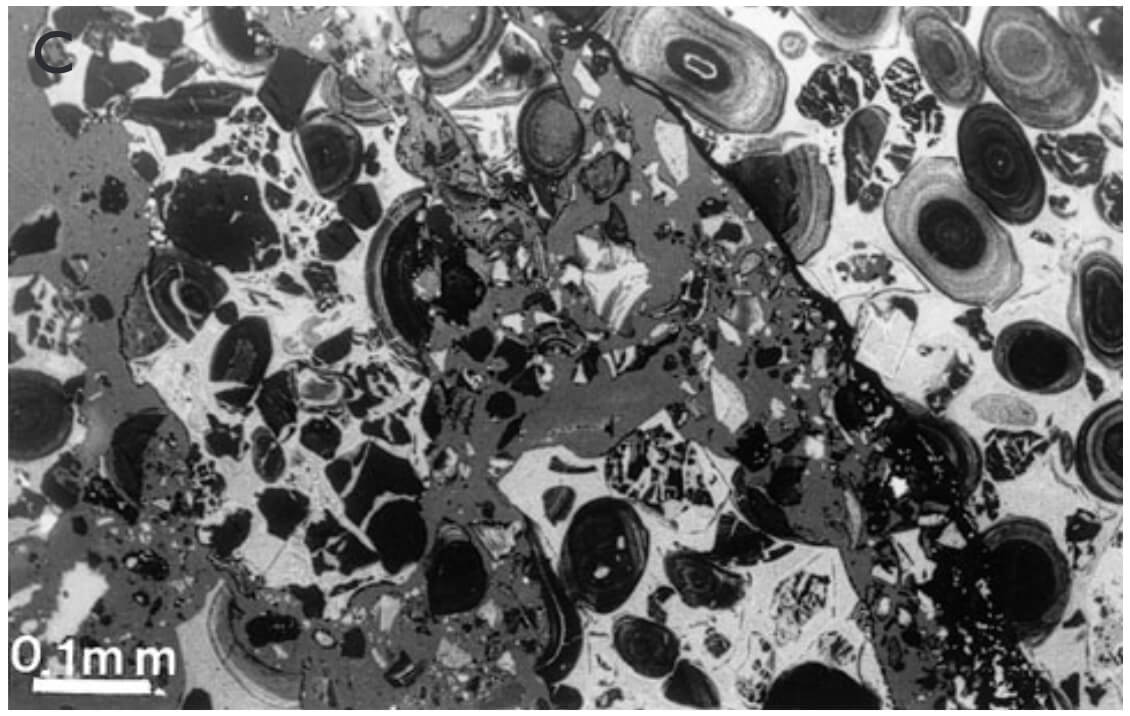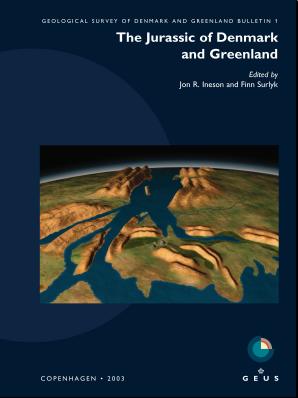
How to Cite
Share
Abstract
In Sweden, Jurassic strata are restricted to Skåne and adjacent offshore areas. Jurassic sedimentary rocks predominantly comprise sandy to muddy siliciclastics, with subordinate coal beds and few carbonate-rich beds. During Mesozoic times, block-faulting took place in the Sorgenfrei– Tornquist Zone, a tectonic zone which transects Skåne in a NW–SE direction. The Jurassic depositional environments in Skåne were thus strongly influenced by uplift and downfaulting, and to some extent by volcanism. Consequently, the sedimentary record reveals evidence of numerous transgressions, regressions and breaks in sedimentation. Relative sea-level changes played a significant role in controlling the facies distribution, as deposition mainly took place in coastal plain to shallow shelf environments. The alluvial deposits in Skåne include floodplain palaeosols, autochthonous coals, overbank sandstones, and stream channel pebbly sandstones. Restricted marine strata comprise intertidal heteroliths with mixed freshwater and marine trace fossil assemblages, and intertidal delta distributary channel sandstones. Shallow marine sediments encompass subtidal and shoreface sandstones with herringbone structures, and bioturbated mudstones with tempestite sandstones. Offshore deposits typically comprise extensively bioturbated muddy sandstones. Floral remains, palaeopedology, clay mineralogy and arenite maturity indicate a warm and humid climate in Skåne throughout the Jurassic, possibly with slightly increasing aridity towards the end of the period. Most Jurassic strata in Skåne have been subjected to mild burial diagenesis, and the petroleum generative window has rarely been reached.
How to Cite
Share
Downloads
Editors: Jon R. Ineson and Finn Surlyk
The Jurassic rocks of Denmark and East Greenland record the evolution of two discrete portions of the Mesozoic rift complex, now separated by the North Atlantic Ocean. The Jurassic of Denmark and adjacent areas occurs mostly in the subsurface and research has thus focussed [...]










